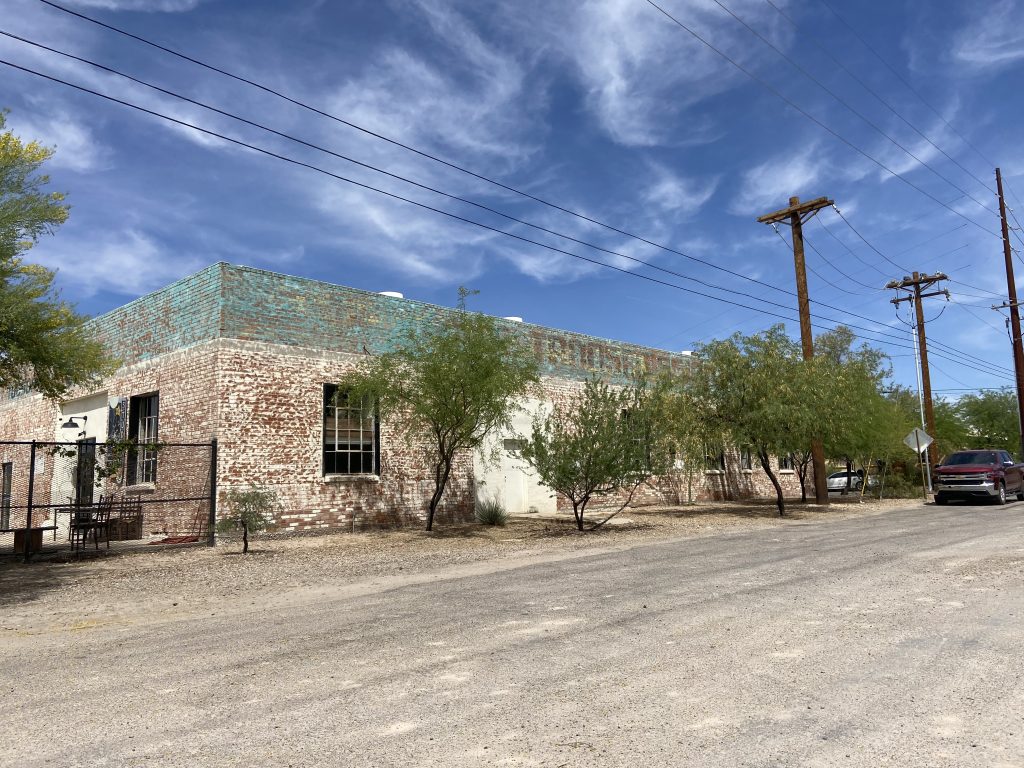What is a 1031 Exchange?
A 1031 Exchange, also known as a 1031 or like-kind exchange allows people to defer capital gains taxes when selling one property and replacing it with a similar property. As a desirable method for an individual taxpayer to acquire other businesses investment property or personal assets, or to “roll over” an existing investment that has increased in value. A section 1031 exchange allows a taxpayer to defer capital gains taxes that would have resulted from the sale of his or her property if he or she had sold it for fair market value.

Benefits of a 1031 Exchange?
A 1031 exchange is a powerful asset protection strategy that allows you to defer capital gains taxes that would otherwise be immediately due when selling investment property. 1031 exchanges are a powerful asset protection strategy that allows you to defer capital gains taxes that would otherwise be immediately due when selling investment property. Exchanges are a powerful asset protection strategy that allows you to defer capital gains taxes that would otherwise be immediately due when selling and investing in property. Given the many advantages to his tax-deferred exchange, it’s becoming increasingly popular for those looking to sell one property and reinvest the proceeds in another.

An individual taxpayer may transfer the current income producing property held for investment to another like-kind property without paying capital gains taxes. This allows for the deferral of capital gains, including investment property, and depreciation recapture on the sale of property and reinvestment of the proceeds into like-kind replacement property.
The goal of a 1031 exchange includes realizing tax saving and reducing the overall cost of selling investment property by providing interim rent and maintenance expenses instead of paying capital gains tax up front. 1031 exchange allows property owners the possibility of deferring capital gains taxes when selling depreciable assets such as real estate. If you have a fixed asset that is appreciated, such as a rental property or investment, you can use 1031 exchanges and avoid paying taxes. 1031 Exchange is a tax-free exchange of business or investment property for the purchase of similar or related property.
A 1031 essentially allows another asset to be purchased with any gain on the relinquished property being tax-free as long as the purchased property was also held for investment. The use of a 1031 also provides equity for business owners and investors who could not readily afford such purchases by themselves.
An individual taxpayer may transfer the current income producing property held for investment to another like-kind property without paying capital gains taxes. This allows for the deferral of capital gains, including investment property, and depreciation recapture on the sale of property and reinvestment of the proceeds into like-kind replacement property. The goal of a 1031 exchange is a tax-free of business or investment property.


Want to learn more about NNN properties for sale
Disadvantages
As with all other investments, Single Tenant Net leased properties have their share of risks and disadvantages.
They are less liquid than other investments and the cost of liquidation includes real estate commissions, title insurance, and closing fees.
The possibility exists that the tenant might file bankruptcy or could be acquired or could merge with another company.
The Exchange Equation
For a Full tax deferral, a taxpayer must meet two requirements:
- Reinvest all net exchange proceeds
- Acquire property with the same or greater debt
| Relinquished | Replacement | |
|---|---|---|
| Value | $1,000,000 | $1,200,000 |
| - Debt | $500,000 | $760,000 |
| - Cost of Sale | $60,000 | |
| Net Equity | $440,000 | $440,000 |
The tax payer must acquire a property of greater value, reinvesting all net equity and increasing debt on the replacement property.
Time Requirement
45 day identification period
The taxpayer must identify potential replacement property(s) by midnight of the 45th day from the date of sale.
180 Day Exchange Period The taxpayer must acquire the replacement property by midnight of the 180th day.










Contact Us Today















